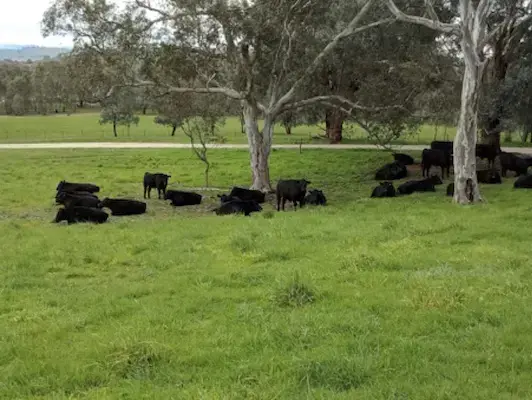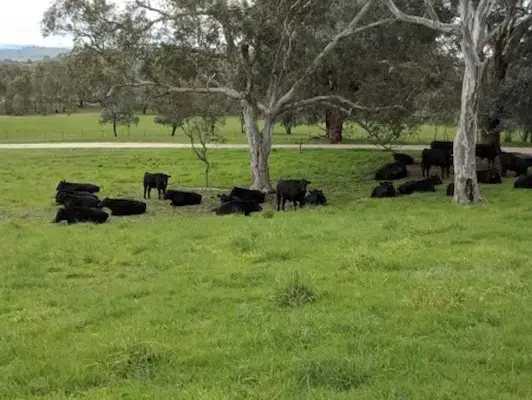In recent months regenerative agriculture has come into the public focus, the Prime Minister appointed a National Soils Advocate and and leading media organisations are regularly publishing articles about regenerative agriculture. Much of the eastern half of Australia is experiencing severe drought conditions. Regenerative agriculture could be the answer to Australia’s drought problem. Practitioners of regenerative agriculture improve the quality of their soil through various methods, which can result in improved water holding capacity within soil. Improving the water holding capacity of soil ensures that moisture is available for plants to utilise long after rainfall. Retaining soil moisture is one way to limit the effect of prolonged drought periods.

Landholders are now asking the question:
How do I make my property regenerative?
This article outlines three steps.
Step 1
The first step to becoming regenerative is to understand the different aspects of a property and how the management practices of the property affect the landscape. Points of interest are soil type, vegetation type, water supply, and topography. Understanding how management practices affect the different aspects of a property is a critical component in becoming regenerative. A cattle grazier in the Albury area would implement management steps to become regenerative. A sugarcane farmer from Murwillumbah would take different actions. A land manager who understands the relationship between their management practices and the landscape is prepared and ready to implement strategic changes on their property. An example of this is Soils for Life case study farm, Future Farming Landscapes (FFL) Winlaton. FFL Winlaton purchased land in the Swan Hill region of Victoria and set about understanding the different aspects of the landscape before they transitioned to a regenerative management system.
Step 2
The second step is to seek knowledge from regenerative land managers. The best advice is available from those farmers who operate a similar enterprise in the same landscape. Soils for Life has published numerous case studies about regenerative land managers throughout Australia. Further advice is available from regenerative agriculture consultants in diverse regional areas. The information and knowledge gained from communicating with regenerative land managers and consultants can be used to decide what strategic changes to make to the management practices of the property. Developing a plan which outlines the changes and the desired impact of those changes will provide a clear goal in the process of becoming regenerative.
Step 3
The third step is to stick to the plan. Set small manageable goals that can be achieved. Small goals are stepping stones on the path to becoming regenerative. Achieving small goals encourage us to continue and help to increase the resilience of the enterprise. Robert Quirk from Stotts Creek NSW is a Soils for Life case study farmer. The Stotts Creek case study is due to be published in the next few weeks. Robert provides an example of a land manager setting small goals to achieve the overarching goal of improving landscape function and health on his property.
Following these three steps won’t guarantee that a property will become regenerative. However, it will help the land manager to understand the impact that their management decisions have on the landscape they operate within.
Article by Greg Hosking. Greg Hosking is a member of the Soils for Life team. Greg is an ecologist with an interest in understanding how and why agricultural landscapes change over time.





